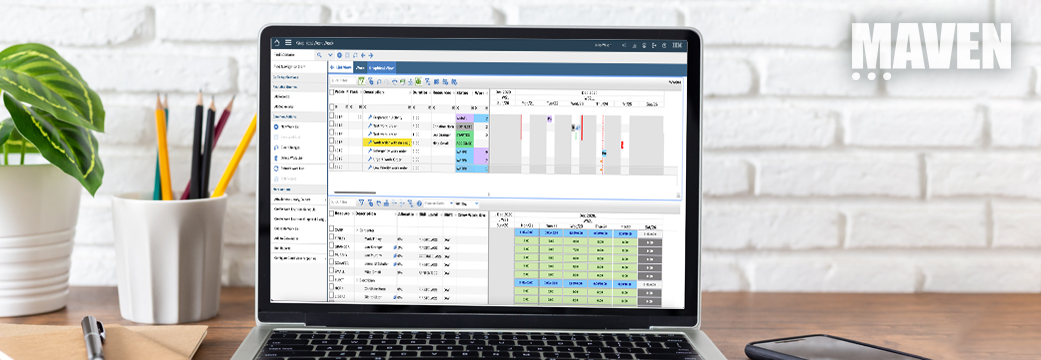Remember when your Maximo environment was fresh and quick?
 Over time, performance can slow down, with frustrated users waiting for queries to update and screens to display.
Over time, performance can slow down, with frustrated users waiting for queries to update and screens to display.
We’ve gathered some useful points which can be implemented for little or no cost that may get back some snappy performance and put the smiles on your users’ faces again!
There are many facets to a Maximo performance assessment which can reveal numerous causes for real and perceived performance degradation. These can range from database indexing issues to configuration hiccups. Over time, a number of minor issues may compound into significant delays which can reduce efficiency across the organization. There are however, several fairly simple steps you can take to speed things up now.
With so many organizations considering upgrades in the near future, we thought it would be timely to offer some help now. Here are some simple admin-level tweaks and use practices that may make the wait more bearable.
Start Center Optimization
If all users in a large facility start work at the same time, for example at 7:30 every day, the number of log-ins that occur within the first hour may be significant. Consider that when a user logs in, a number of queries are run in order to update KPIs, schedules, etc. Now, multiply that by the number of users logging in during the first hour each morning and you can begin to see the burden this may place on the system.
Remedy: Check the individual Start Centers and optimize them to minimize or eliminate unnecessary elements. You may even find one or more that generate long-running queries which are erroneously generated or unnecessary.
Cron Task and Escalation Scheduling
These automated, recurring events have a similar effect to the above start center morning rush hour. When are these running? If they are running at random times, or even if they were set up to run at times which made sense when they were first created, they may be running during peak demand periods now – things change.
An escalation runs a query to check a condition record, which involves filtering and identifying fields. Further filtering is done to identify escalation points by the date and time for triggering actions or notifications. Action events are triggered and run. Notifications, drawing on communication templates, send email as defined. That’s almost too techy for this discussion, but you get the point – escalations and cron tasks launch a set of pretty intense system events.
Remedy: Each cron task has a checkbox labeled “Keep History”. When checked, the system will write start and end times for the task to a table which can be queried. Execution duration can then be tracked in the Cron Task Setup application. Long running tasks can then be identified and set up to run during less loaded hours.span>
Alternately, you can make a list of all your cron tasks and escalations, and manually check each one to see when they are running. Again, make the changes needed to change any that may be running during peak hours. This method may take a bit more effort, yet it can still yield pretty good results.






